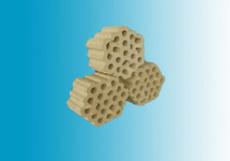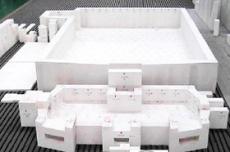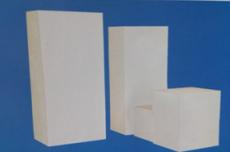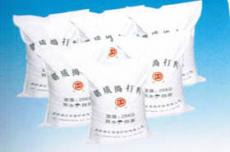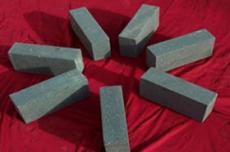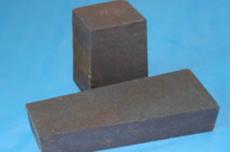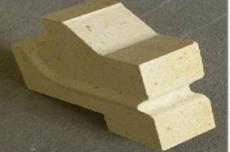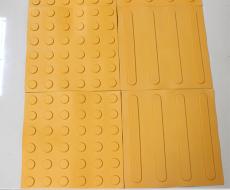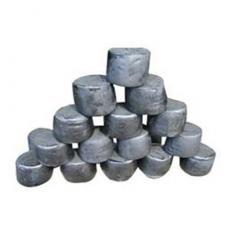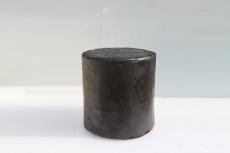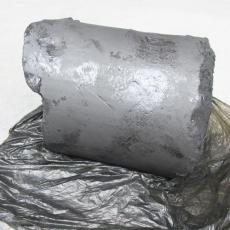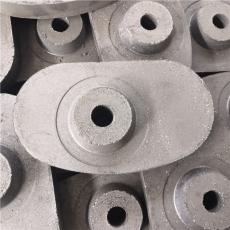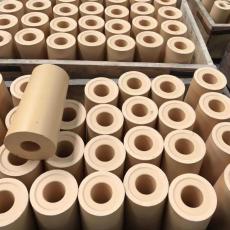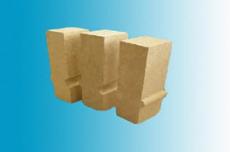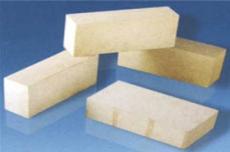
Refractory concretes are subject to different processes, matrices, and properties.
Silicon carbide has high wear resistance. Its addition increases wear resistance, reduces the wear coefficient, and increases service life by 1 to 2 times.
Silicon carbide has high thermal conductivity and a low coefficient of thermal expansion. Adding it in the right proportion allows refractory concretes to have good resistance to thermal shock.
Silicon carbide is also closely related to the heat resistance of concrete. In particular, the heat resistance of silicon carbide products combined with silicon nitride will be twice as high as before the addition, without any sudden damage.
Refractory concretes with a high silicon carbide content have high thermal conductivity. In general, the thermal conductivity of silicate in combination with silicon carbide is low, while the thermal conductivity of silicon oxynitride in combination with silicon nitride is high. The oxidation resistance of silicon carbide must be improved by adding metallic silicon powder to retard its oxidation. The oxidation resistance of silicon carbide refractory concretes varies significantly depending on the type of base binder.
The oxidation resistance of silicon nitride and silicon carbide refractory concretes or bricks is relatively low because the base material of these materials is in the form of intertwined fibers, has high air permeability, and has a relatively weak protective effect on the silicon carbide particles. On the other hand, in silicon carbide and silicon oxynitride products with a silicate bond, the surface of the silicon carbide particles is surrounded by a continuous base material, which gives them high oxidation resistance.
Silicon carbide maintains high mechanical and wear strength at high temperatures. After adding a certain proportion of silicon carbide, refractory concretes exhibit good chemical resistance and are not subject to corrosion in acid and alkaline solutions. Silicon carbide has a wide wetting angle for molten metal and slag. Compared with oxide refractories, it has good corrosion resistance to solids, liquids, and gases in various furnace linings.
